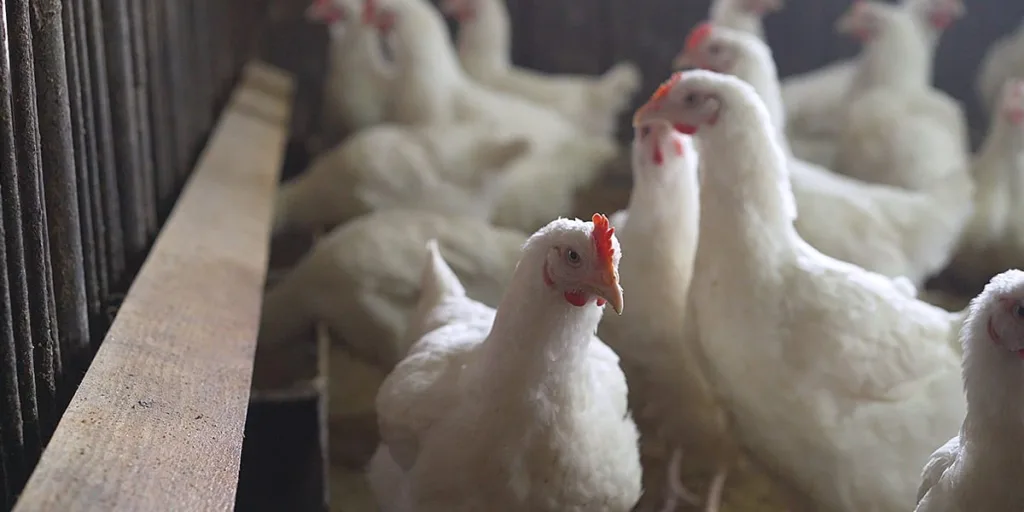Bird flu outbreak in Nagpur: More than 8,500 poultry culled; authorities declare control zones

Maharashtra: In response to the avian flu outbreak at Seminary Hills, Nagpur, authorities have taken decisive action, culling more than 8,500 poultry birds. The Rapid Response Team (RRT) under the state’s animal husbandry department has been actively engaged in containment efforts following the positive testing of bird flu in carcasses at the Regional Hatchery Centre.
Immediate Containment Measures
District Collector Vipin Itankar has implemented stringent control zones to curb the spread of this zoonotic disease. The RRT, acting swiftly upon the confirmation of avian influenza, not only culled the infected birds but also destroyed 16,700 eggs and 400kg of bird feed as a preventive measure. This rapid containment strategy aims to minimize the risk of the disease spreading to nearby farms and the wider community.
Control Zones and Surveillance Measures
To address the severity of the situation, a 1km area around the hatchery has been designated as a restricted zone, and a 10km area as a surveillance zone for the next 21 days. This underscores the authorities’ commitment to managing the outbreak and ensuring the safety of the community. Avian influenza, while highly contagious among birds, poses a zoonotic threat to humans. Health professionals in Nagpur and surrounding areas are on high alert, monitoring the situation closely to prevent any potential public health crisis.
Implications for Poultry Industry and Public Health
The outbreak presents challenges not only to the immediate response teams but also to the broader poultry industry and public health infrastructure. Local poultry farmers face significant economic implications due to the culling of birds and destruction of eggs. The incident raises concerns about food security and highlights the need for robust disease surveillance and response mechanisms to prevent future outbreaks.
As the situation unfolds, the effectiveness of containment measures and the community’s adherence to safety guidelines will be critical in overcoming this crisis. The coming weeks will be crucial in determining the success of the containment strategies and preventing the spread of the disease beyond the immediate zones of concern.
This outbreak serves as a stark reminder of the ongoing threat of zoonotic diseases and the importance of preparedness and rapid response in safeguarding public health and economic stability. The collective efforts of the RRT, local authorities, and the community will be paramount in navigating the challenges ahead.








